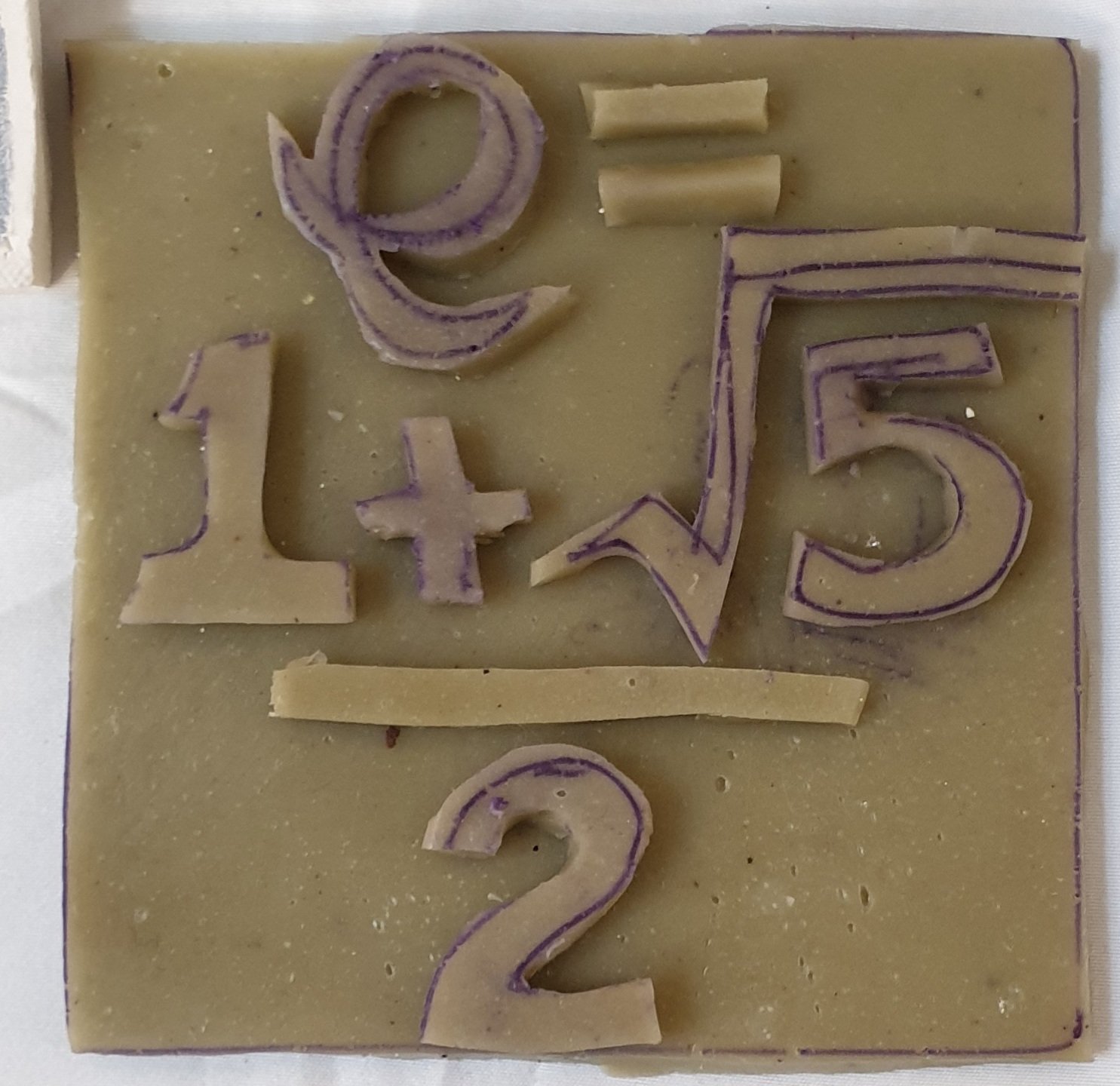Plaster, pâte de verre and gelflex
Half-term assessments this week. The tutors looked at the test pieces for the new techniques we learned over the last few months.
plaster mould after firing
I'm trying out something different with gelflex and shallow plaster moulds. Last year we used gelflex to make plaster moulds for casting chunky objects. Two visiting artists, Natsumi Jones and Catherine Forsyth, gave me some new ideas for how to use the stuff for my latest project.
Natsumi showed us her delicate pâte de verre pieces, made by carving directly into shallow plaster. She then fills the carved lines with powdered frit and covers the whole thing over with clear or a contrasting fine frit. The image above shows a plaster mould (after firing) that was used to create a piece by carving into the plaster in the way Natsumi showed us.
Catherine showed us how she uses gelflex in pancake-thick slabs to build shapes 'on the fly' for casting. She slapped pieces of gelflex around, demonstrating how the pieces stick together and can be quickly cut and recombined into new forms. It got me thinking. I could use it to make repeatable forms for shallow casting (more like slumping).
My project for this term is a small prototype for a stained glass window in a fictional 'secular church'. Being non-religious, the philosophy of the secular church features the mathematics of nature and natural forms. The stained glass window will include slumped or fused mathematical motifs and equations, such as the area of a circle and the formula for the golden mean. My first attempts at using gelflex to use in the plaster forms are shown below.
gelflex area of a circle formula
gelflex golden ratio formula




